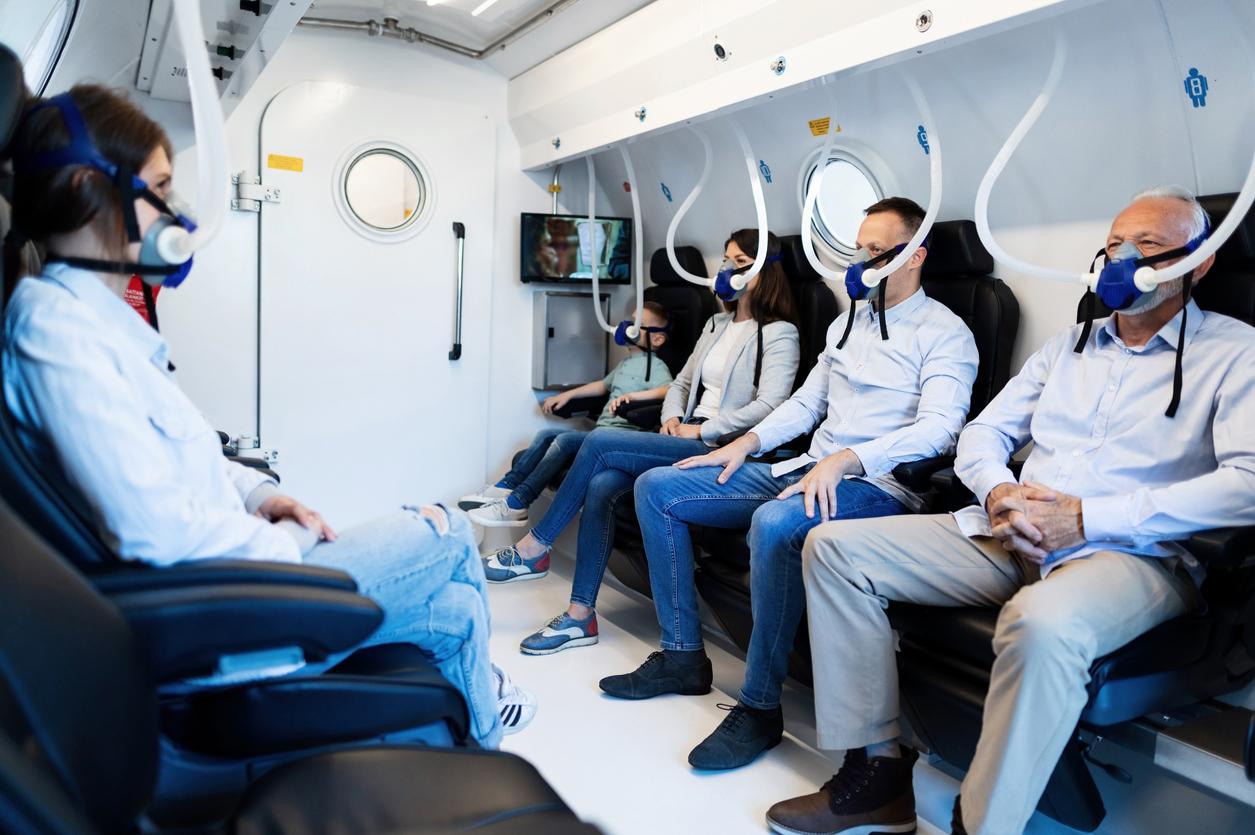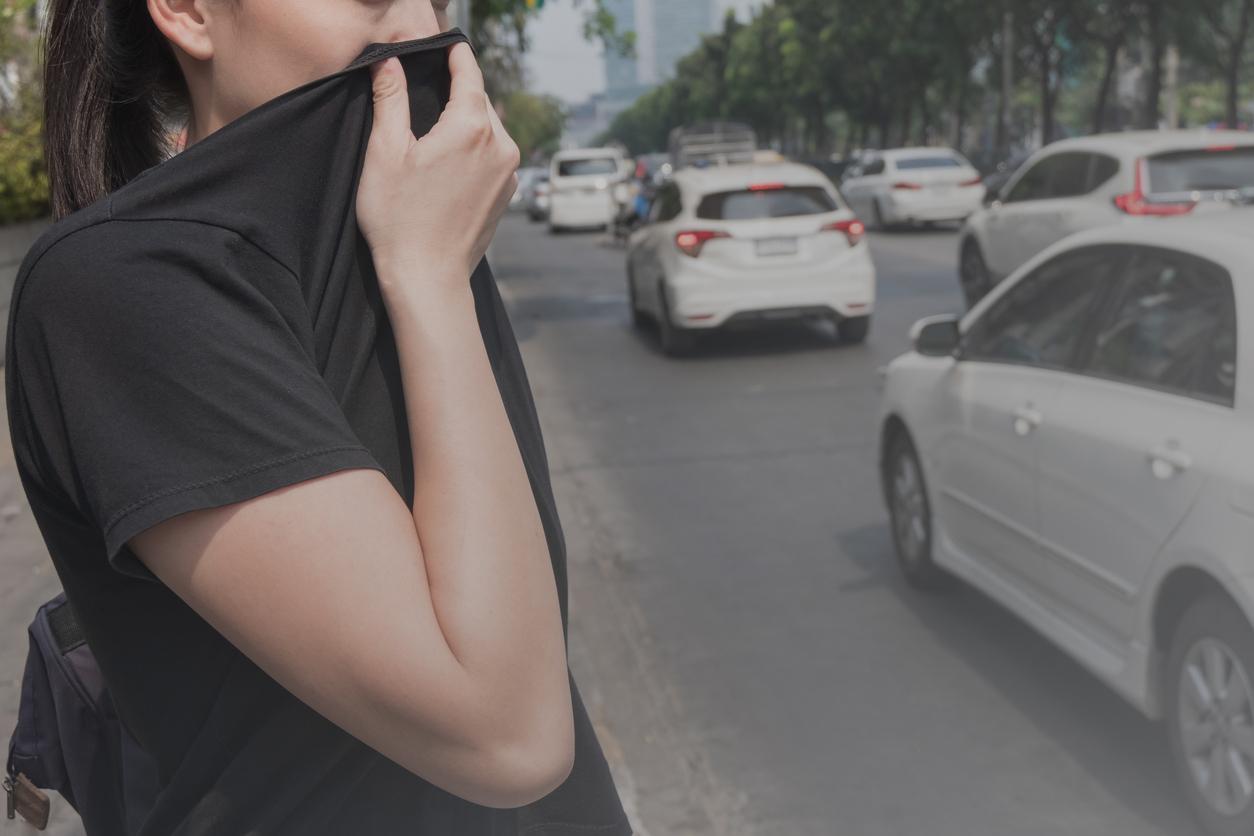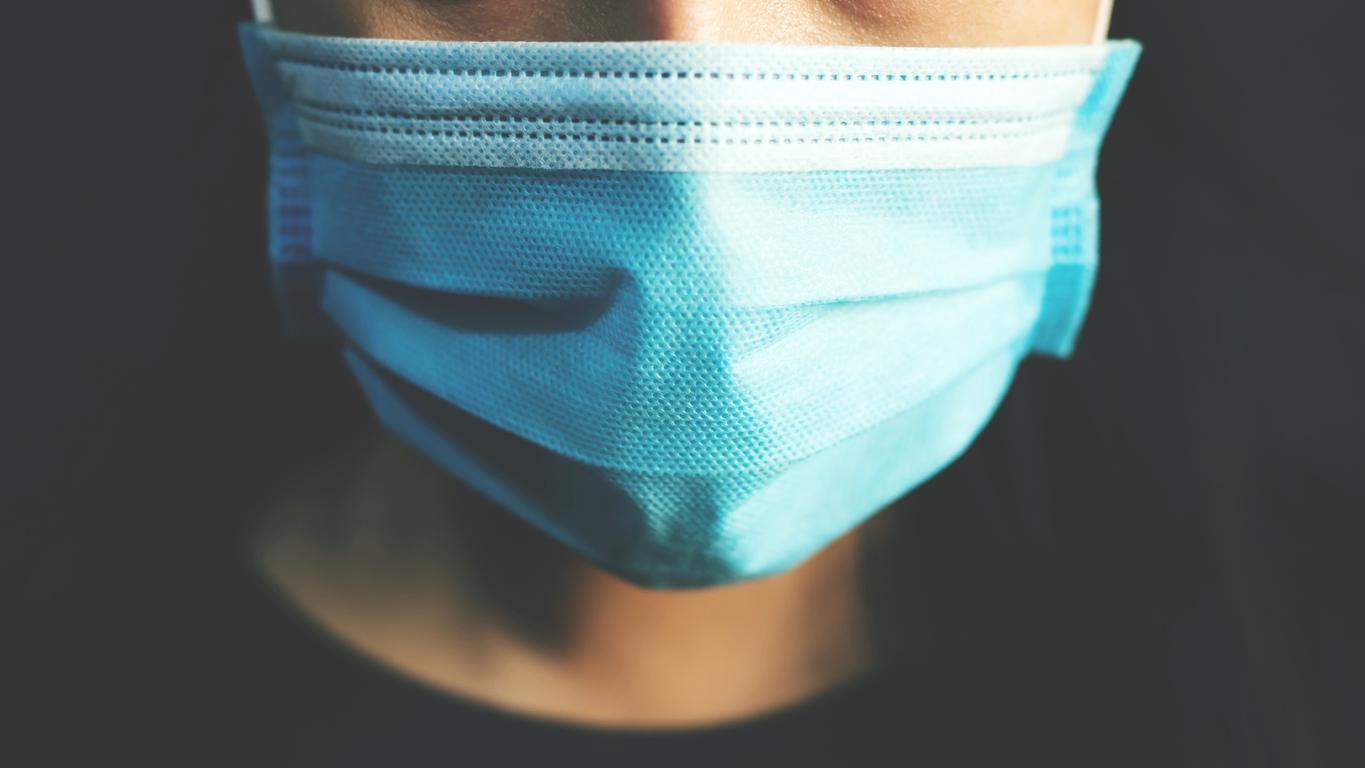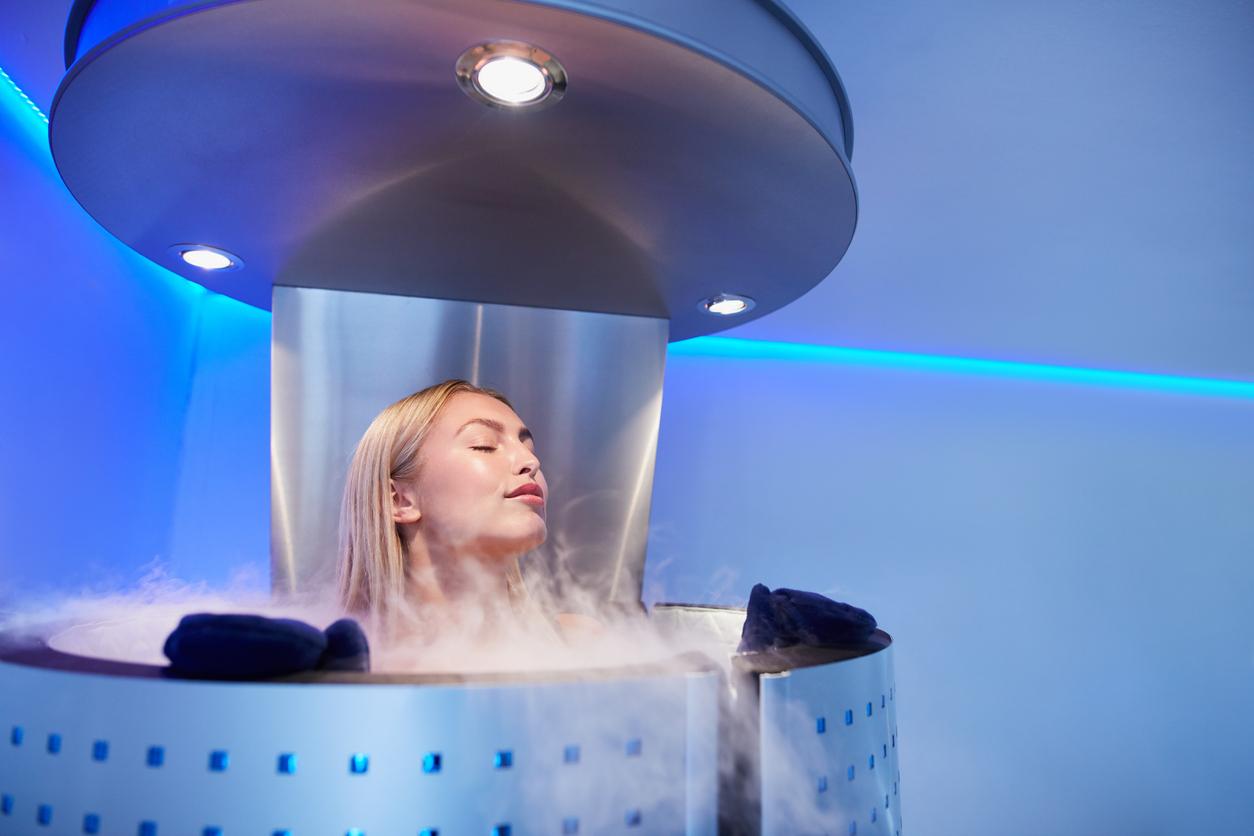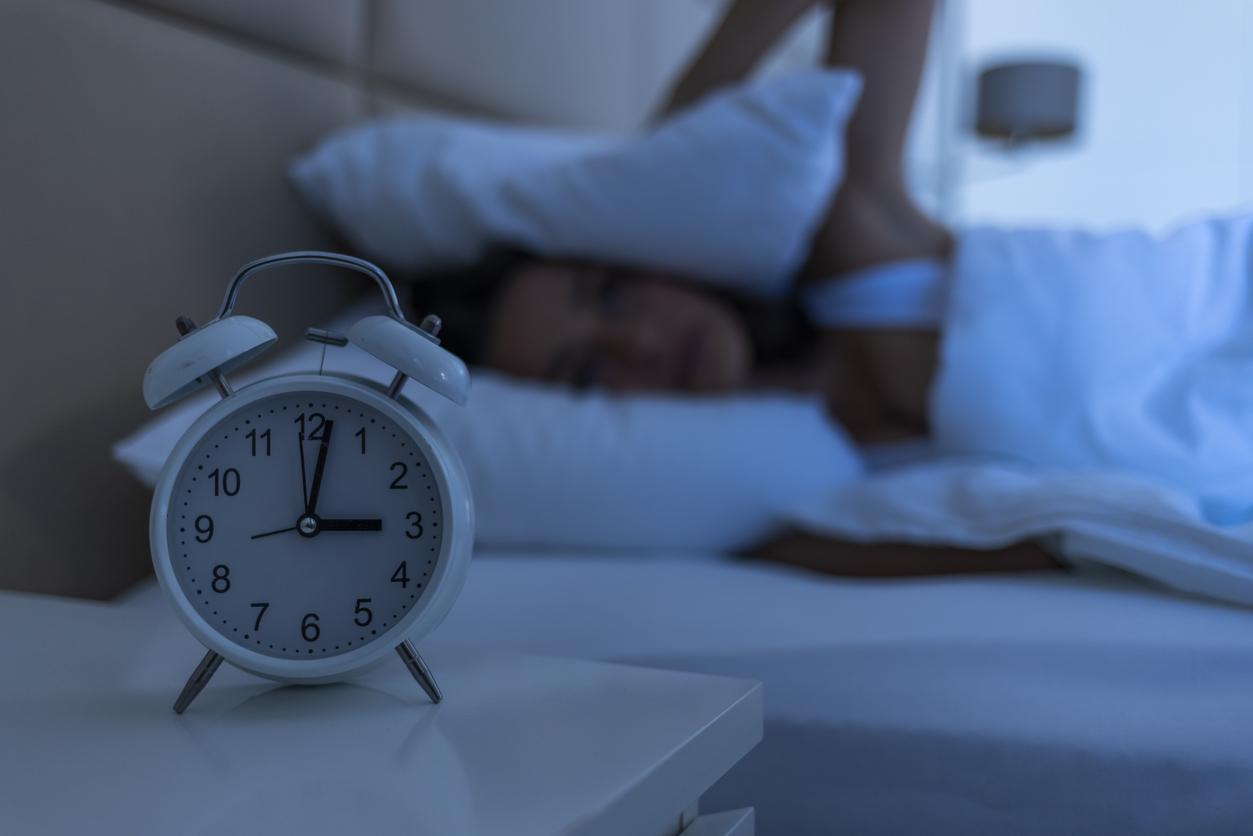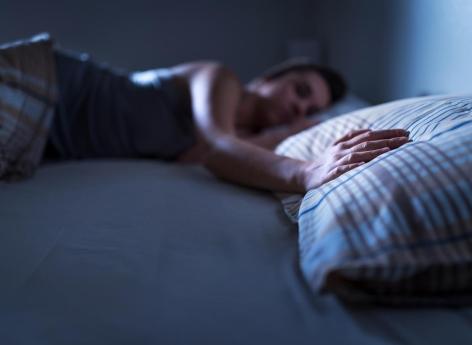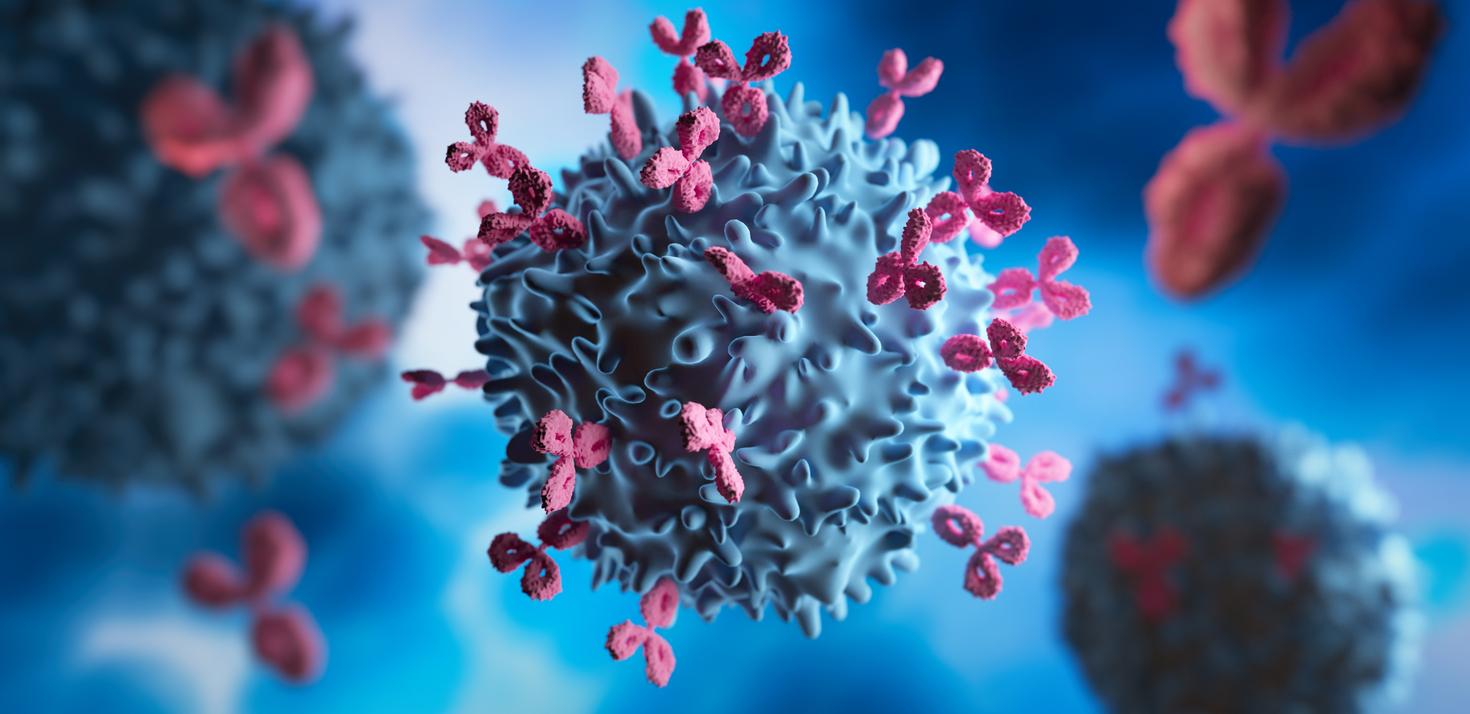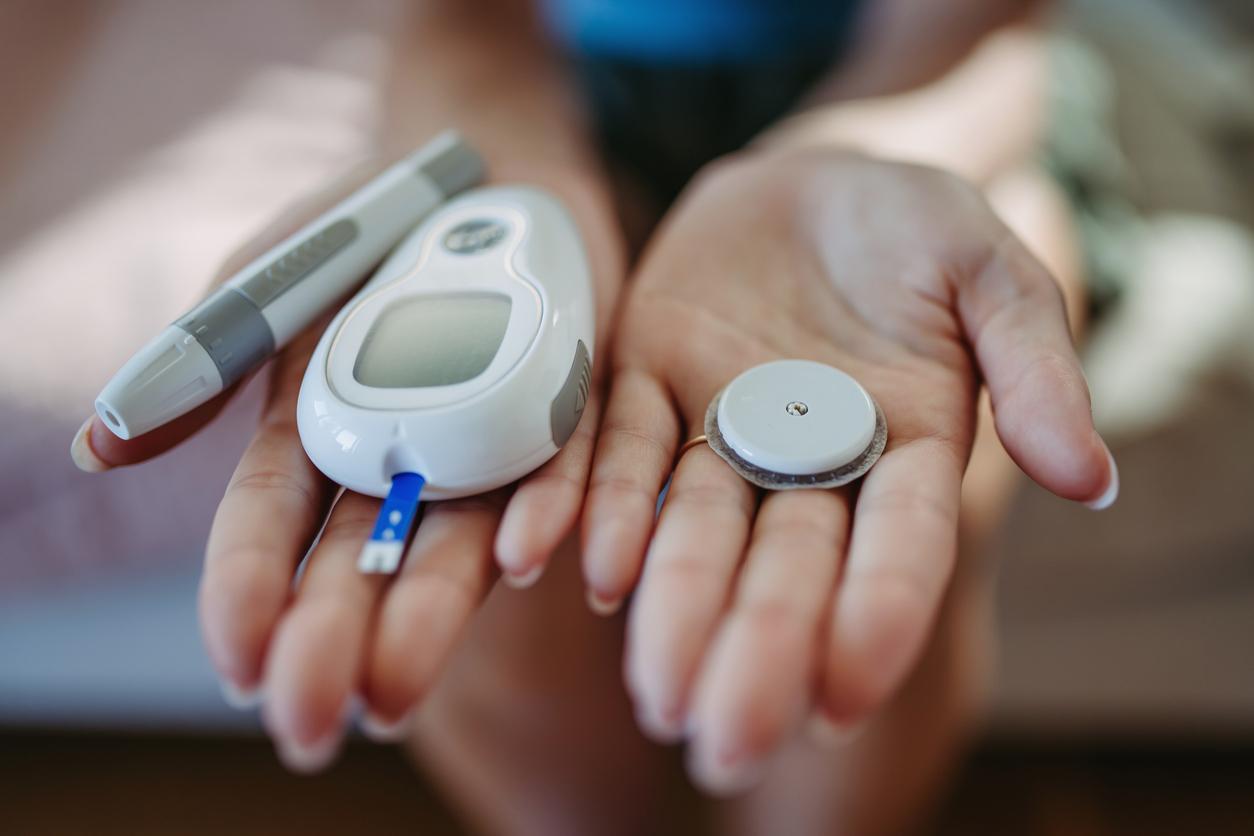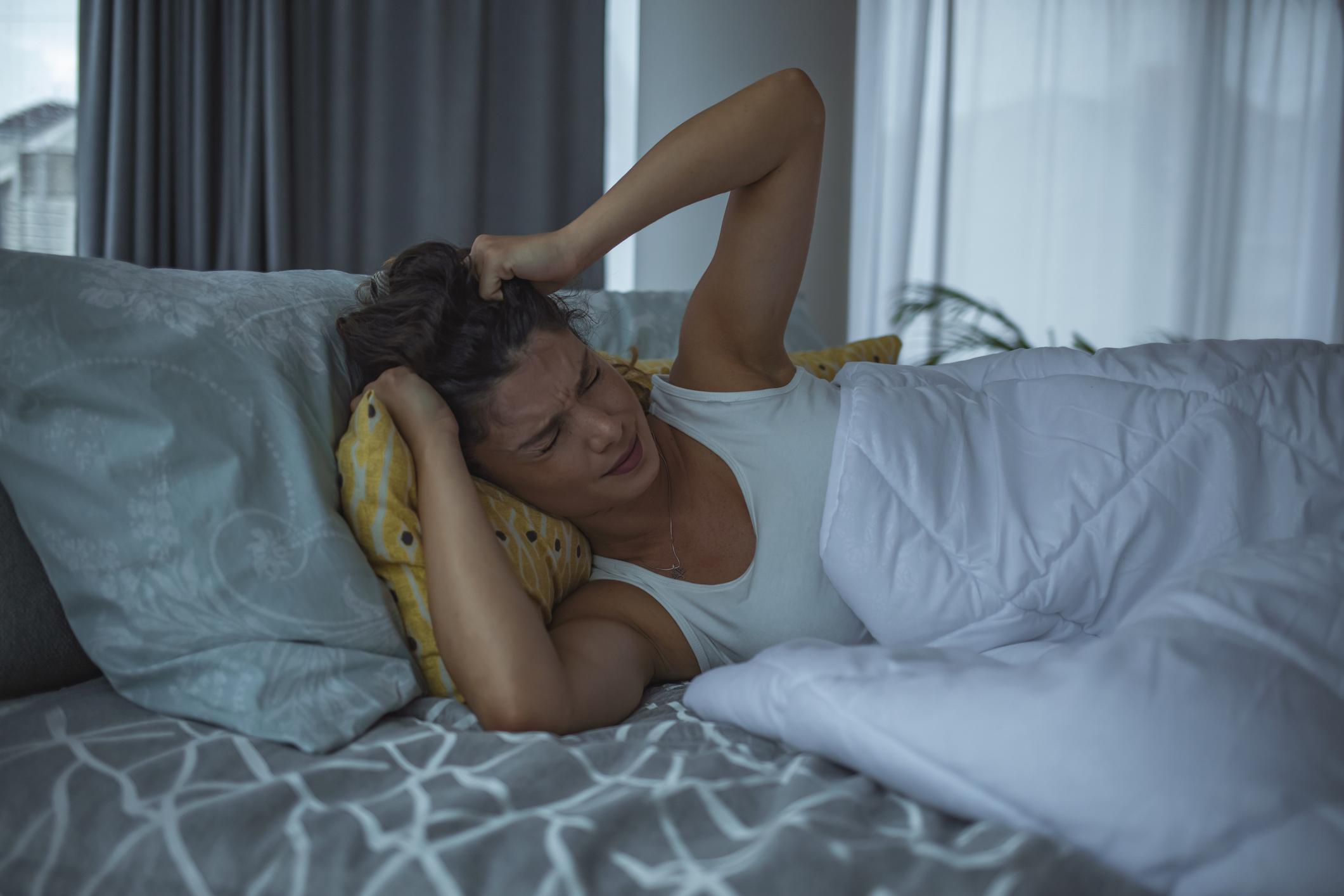Excessive daytime sleepiness has been associated with a higher risk of developing several pathologies in the elderly. Explanations.

- In older people, too much sleep during the day can be a sign of illness
- This hypersomnolence is accompanied by a higher risk of diabetes, hypertension or cancer.
Excessive daytime sleepiness is a form of hypersomnolence that occurs after seven or more hours of sleep. It can result from several pathologies such as narcolepsy, sleep apnea, depression, restless legs syndrome or even idiopathic hypersomnia. In some cases, hypersomnolence is rather an indicator in the diagnosis of a disease.
A preliminary study published in the journal American Academy of Neurology demonstrates that elderly people suffering from hypersomnolence may have a higher risk of developing certain pathologies such as diabetes, cancer or even high blood pressure.
The researchers recruited 10,930 people, 34% of whom were 65 or older. They spoke with them by telephone several times, three years apart. On the first call, 23% of participants suffered from excessive sleepiness. During the second interview, they were 24% in this case and during the third call, 41% of them declared that this drowsiness had become chronic.
The risks associated with hypersomnolence
Specifically, people who reported excessive daytime sleepiness in the first phone interview had a 2.3 times higher risk of developing diabetes or hypertension three years later and were twice as likely to have cancer. Those who mentioned it during the first two interviews had a 2.5 times higher risk of developing heart disease.
Similarly, those who reported hypersomnolence only at the second interview were 50% more likely to also suffer from troubles musculoskeletal as well as connective tissue, and having arthritis, tendinitis or lupus.
Signs that should alert
Hypersomnolence is therefore a real public health problem, in particular because of the risks it can cause (road accidents, reduced productivity, concentration problems, etc.). “Paying attention to sleepiness in the elderly could help doctors prevent future medical conditions”, said Professor Maurice M. Ohayon of Stanford University (USA), lead author of the study. In short, paying attention to the sleeping habits of the elderly people around us can contribute to the early diagnosis of a disease and, in some cases, save their lives.

Signs that should alert
Hypersomnolence is therefore a real public health problem, in particular because of the risks it can cause (road accidents, reduced productivity, concentration problems, etc.). “Paying attention to sleepiness in the elderly could help doctors prevent future medical conditions”, said Professor Maurice M. Ohayon of Stanford University (USA), lead author of the study. In short, paying attention to the sleeping habits of the elderly people around us can contribute to the early diagnosis of a disease and, in some cases, save their lives.
.



